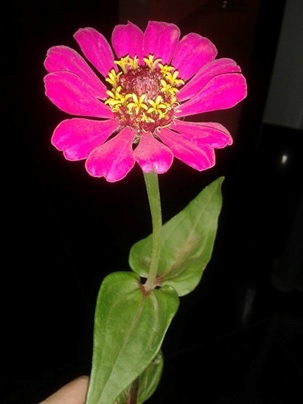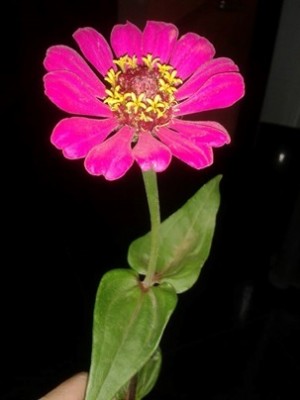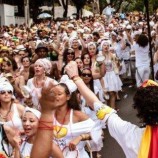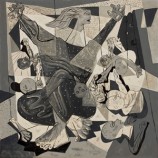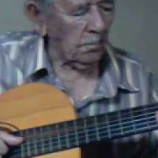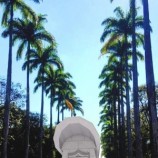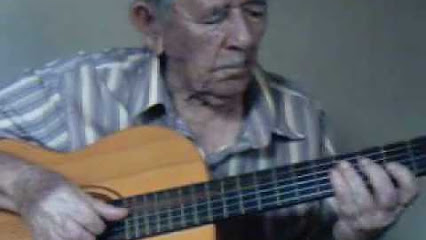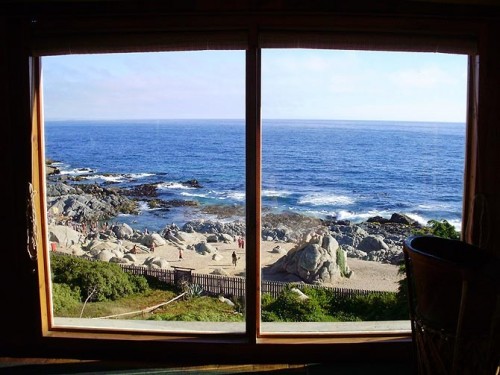The other day, over in Pompeu, I came across this little flower in a back yard garden as it was radiating light and poetry amid the vegetable beds. Mint was there, spouting on enthusiastically about its world, its experience with other plants and with the woman it has lived with for over the past thirty years.
As I notice the flower, I am taken by its irresistible charm. I comment with admiration:
— “You even plant flowers here!”
And the couple, just as simple as the flower itself, gifts me with this lesson:
—“That flower is for the butterflies. They lay their eggs there instead of on the vegetables. That way, we avoid pests. In all these years we’ve planted, never had one caterpillar on our cauliflowers or on any of our greens. See for yourself. And we don’t use any pesticides.
I stood there thinking to myself: hmm, a pest-free vegetable garden and no pesticides. And you even get multi-colored flowers that require no extra care and are always endowed with butterflies…
Loves me, loves me not, Loves me, loves me not… My spirit wanders a bit with the butterflies before returning to the old house at Marsh Banks. Loves-me, loves me not… Slowly, a new scenario reconstitutes in my memory. Scenes almost all but lost reassemble.: loves-me, loves me not… loves-me, loves me not…
In the backyard of my childhood, this flower sprung up natively. In humid and fertile soil, it lacked no care. It grew and flowered in the gardens and orchard with the dahlias, jasmines, lampiões, manacás e sabugueiro flowers. I was enchanted by the profusion of colors and joy. By the delicate perfume. By the simplicity. And by the magic.
As a little girl I used to play doll and house under an old mango tree beside the fence where the fairies lived. It was in this enchanted place that I spent my childhood afternoons and did my homework, reading out loud to trace into the heart:
I love, you love, he loves,
we love, they love
My little house: living room, bedroom, kitchen and library. There was also a garden, where we had white and yellow daisies as well as pink colored, red and orange ones, which we called loves mes. We had a garden that extended all the way into the backyard, near the well and the rice plantation, where the little wild guinea pigs would play, extending all the way to the little creek of crystalline water where the little silver fish lived. And I fished for dreams and poetry of the bottomless well that went to Japan on the other side of the world.
Loves-me, loves-me-not… that flower of such innocence and purity still seduces me with its magical powers. Plucking petal by petal, I would repeat one after the other: he loves me, he loves me not… he loves me, he loves me not… to discover the true feelings of the boy who lit up my eyes and rang the bell of my heart.
Loves me, loves me not…
The flower. It is a species of daisy, scientifically known as Chrisantemum leucanthenum. The people know it as loves me, loves me not, little chrysanthemums, and ox-eye-daisy.
This flower is a symbol of unity. In its structure, its central disk; solar and luminous and its multiple pedals, all directed to the center, represents the unity of body and spirit, the relation between the earthly and the divine.
The daisy was used by many ancient peoples in medicine as well as in cosmetics, always associated with magic, mystery, magical words. Combats sadness and stabilizes emotions; maintains joy and joviality.
Made popular by young girls who wish to discover their boyfriends’ true feelings. That’s why its real meaning is intimately related to sentimental purity, innocence, virginity, first love, and little girl dreams.
Even today, the flower holds a certain magic, seducing preadolescents in “girl games” over the internet inspired by the traditional game: loves me, loves me not.
Related Articles


